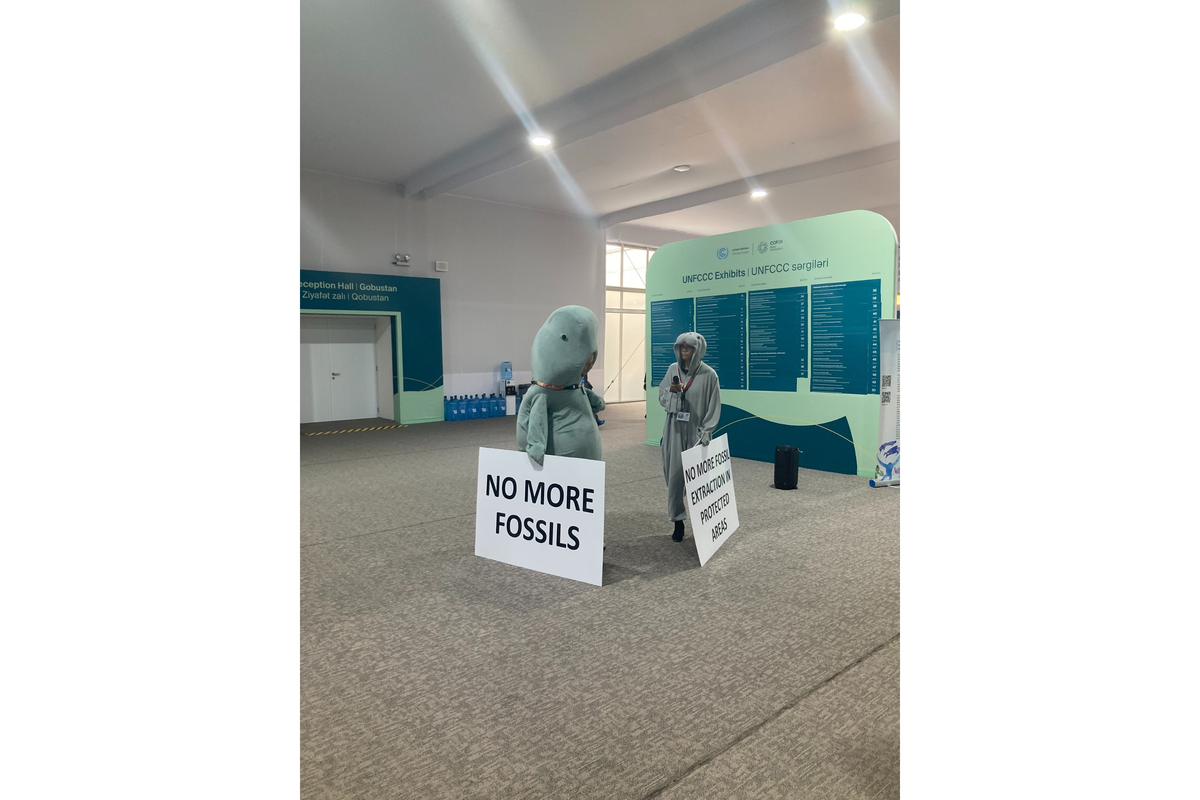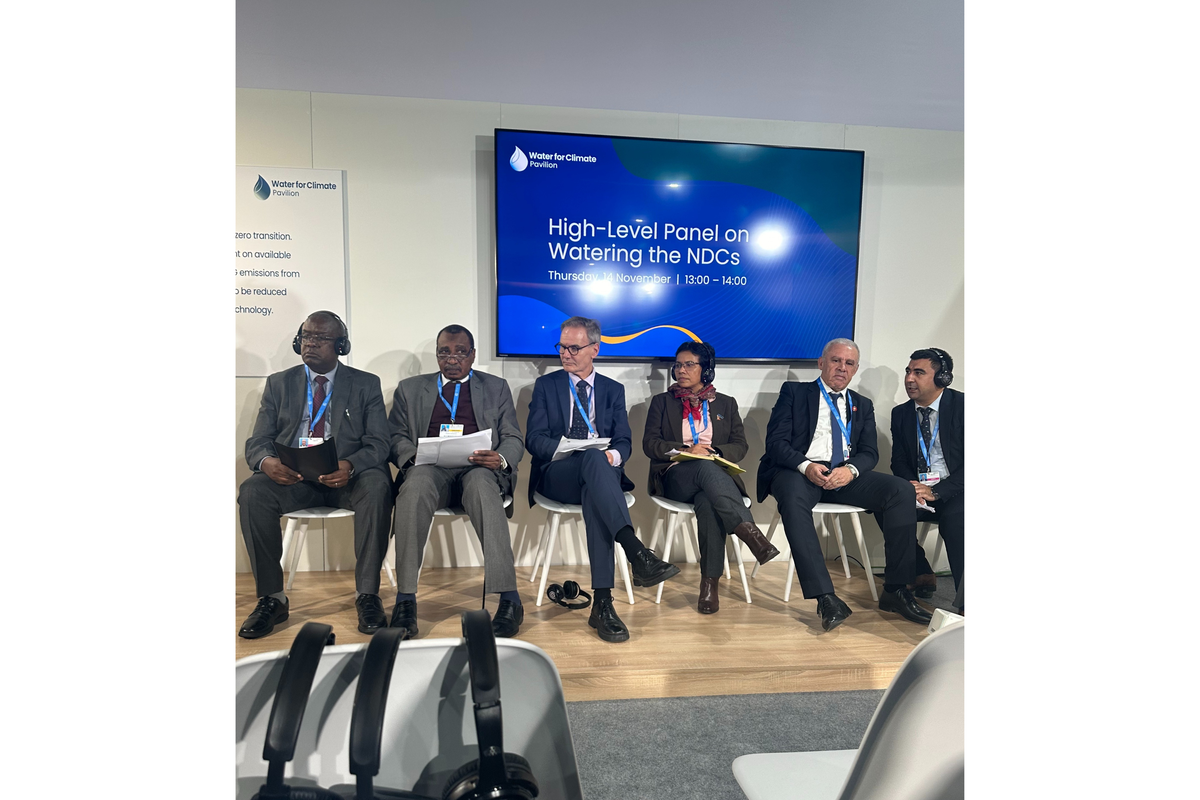Community Voices ⎸ Cycling infrastructure pays dividends
Creating more cycling infrastructure in cities is one part of the larger puzzle to reduce greenhouse gas emissions.

This piece is part of Project Optimist's student and community reporting program in central Minnesota. A group of students conducted field reporting at the COP29 conference in Baku, Azerbaijan, and wrote columns that highlight their research. Martha Dougherty is a senior at the College of St. Benedict and St. John’s University. A Rochester native, Dougherty is double-majoring in environmental studies and political science.
Over 20% of global carbon dioxide emissions stem from the transportation sector, and, of those emissions, 70% come from road vehicles, according to the Intergovernmental Panel on Climate Change.
Urban transportation can be more sustainable and accessible if officials promote cycling and invest in a variety of transportation infrastructure, according to leaders who attended the United Nations Framework Convention on Climate Change 29th Conference of Parties (COP) in Baku, Azerbaijan. COP29 was held from Nov. 11-22, 2024, with the theme of climate finance.
Sign up for Project Optimist's newsletter
Solution-focused news, local art, community conversations
It's free. No spam. Unsubscribe anytime.
Transportation is essential for accessing employment, education, food, and health care. In many cities transportation is unreliable, expensive, and due to its design, unusable for some groups of people. Leaders around the world have recognized transportation’s role as a source of greenhouse gases and as a tool to achieve justice. They have chosen to utilize transportation in different ways.
 Project OptimistMolly Tenenbaum
Project OptimistMolly Tenenbaum
Improvements made to transportation infrastructure, especially cycling infrastructure, have enriched Chilean society, said Juan Carlos Muñoz, who serves as Chile’s Minister of Transportation and Telecommunications. In particular, Muñoz noted that improving cycling infrastructure benefits physical health, social connections, and the informal economy. Muñoz also cited the importance of promoting multiple modes of transportation. While there has been more interest in private electric vehicles among some city leaders, he urged others to develop robust public transportation systems and promote walking and cycling as forms of transportation in addition to EVs.

Other world leaders echoed Muñoz’s sentiments as they shared how their city planning has shifted to include more bike infrastructure, such as bike lanes and trails in and around their cities. By providing more robust transportation infrastructure people have more options and are not restricted to private vehicles as the only form of reliable and fast transportation. In cities around the world, urban planners are designing streets to avoid emissions, not just reduce them.
Jolein Schorel, a cycling advocate from the Netherlands who biked over 4,000 miles to attend the conference, is from a community where it’s the norm to cycle everywhere, and most people view cycling positively. These views are possible in large part because the infrastructure gives people more transportation options than only driving a private vehicle.
Other perspectives at the COP centered around the democratic nature of cycling in urban areas. At the Multilevel Action and Urbanization Pavillion, Dunja Kovári, an urban planner from Switzerland, explained that bicycle infrastructure is less expensive to build compared to infrastructure needed for other types of transportation. Bicycles are generally less expensive to purchase than a private vehicle, which gives more people access to transportation.
Cycling is a more sustainable and accessible form of urban transportation because of its low overhead cost and its community health benefits. Creating more cycling infrastructure in cities is one part of the larger puzzle to reduce greenhouse gas emissions in the transportation sector.

This column was edited and fact-checked by Jen Zettel-Vandenhouten.
